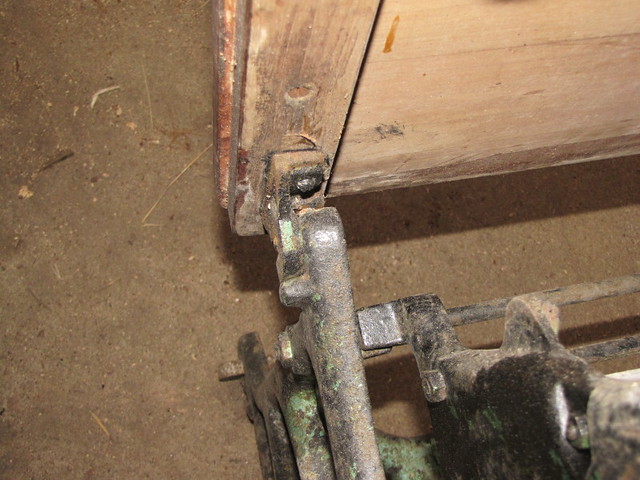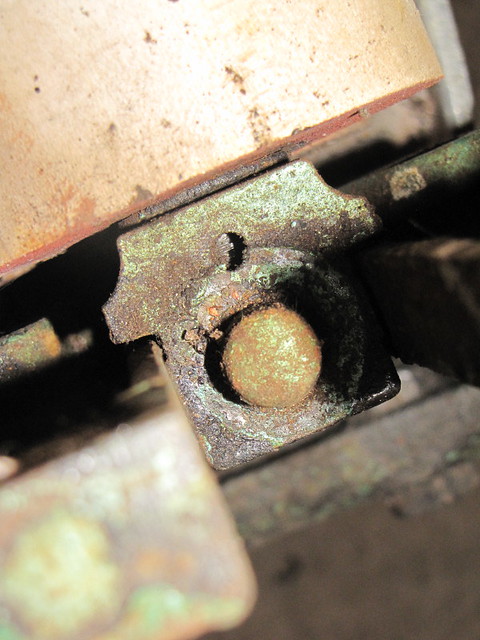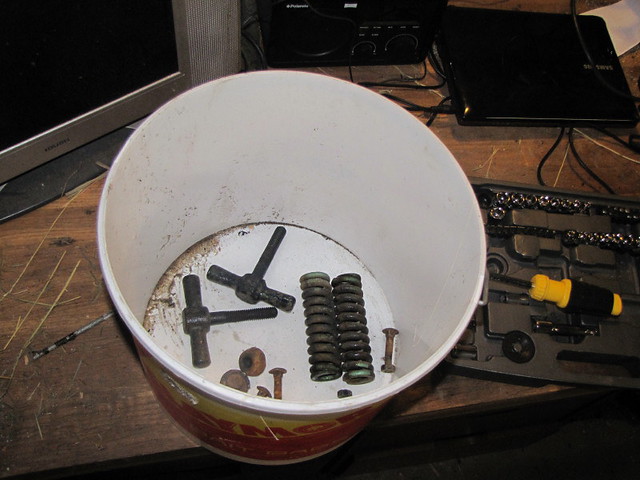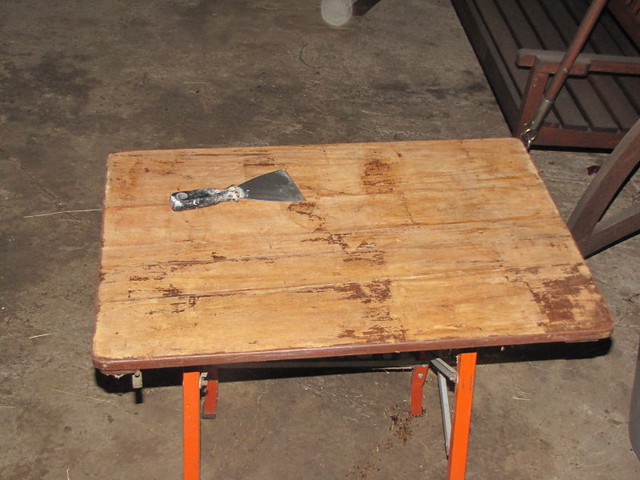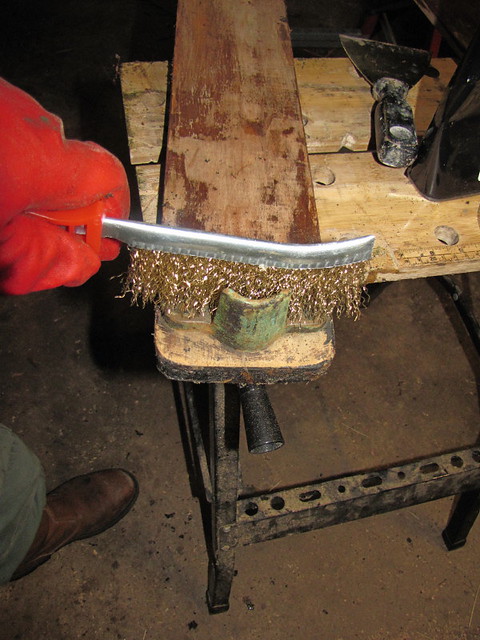This thread leads on from my "quest for a self sufficient laundry".
http://www.bushcraftuk.com/forum/showthread.php?t=115534
It is part "personal journal" and part "voyage of discovery" into the exiting world of the clothes mangle (and mostly a yearning hope it will tell me how to reassemble the thing!)
I have wanted a mangle for a while to be part of the "off grid laundry" and found this one

Mangle closed with lid down by British Red, on Flickr

Mangle folded lid up by British Red, on Flickr

Mangle unfolded lid up by British Red, on Flickr

Mangle ready for use by British Red, on Flickr
(NB I already had the "tin bath". I suspect its purpose was never a bath and was to fit this type of mangle - it fits the cut out in the "stretcher" on the base near perfectly)
The mangle works, the handle turns etc. Its in need of considerable TLC though. Problems include
1) Some of the wood has a small amount of wood worm. I need to treat this before it spreads.
2) The wood has been painted at least twice and varnished to boot. The paint is cracked in places and the varnish (which I suspect was the original finish) has worn away. If I were to use it now, the wood would get soaked in short order and then probably go mouldy and rub that mould onto laundry.
3) The metal work has been over painted at least twice. Recently in flat black which is wearing away and a fetching minty green under that.
4) The gears and other moving parts have old grease and dirt caked around them. They seem to move freely but all the old paint and grease needs to be stripped away and refinished for both cleanliness and protection from water.
5) The rollers seem sound, there is slight wear in the middle and the grain is lifting in places. The paint needs to be stripped away, rubbed back, stabilised if required and a water repellent coating applied.
I suspect this will be a labour of love and a long old job - but its a fascinating item and I'm looking forward to it.
http://www.bushcraftuk.com/forum/showthread.php?t=115534
It is part "personal journal" and part "voyage of discovery" into the exiting world of the clothes mangle (and mostly a yearning hope it will tell me how to reassemble the thing!)
I have wanted a mangle for a while to be part of the "off grid laundry" and found this one

Mangle closed with lid down by British Red, on Flickr

Mangle folded lid up by British Red, on Flickr

Mangle unfolded lid up by British Red, on Flickr

Mangle ready for use by British Red, on Flickr
(NB I already had the "tin bath". I suspect its purpose was never a bath and was to fit this type of mangle - it fits the cut out in the "stretcher" on the base near perfectly)
The mangle works, the handle turns etc. Its in need of considerable TLC though. Problems include
1) Some of the wood has a small amount of wood worm. I need to treat this before it spreads.
2) The wood has been painted at least twice and varnished to boot. The paint is cracked in places and the varnish (which I suspect was the original finish) has worn away. If I were to use it now, the wood would get soaked in short order and then probably go mouldy and rub that mould onto laundry.
3) The metal work has been over painted at least twice. Recently in flat black which is wearing away and a fetching minty green under that.
4) The gears and other moving parts have old grease and dirt caked around them. They seem to move freely but all the old paint and grease needs to be stripped away and refinished for both cleanliness and protection from water.
5) The rollers seem sound, there is slight wear in the middle and the grain is lifting in places. The paint needs to be stripped away, rubbed back, stabilised if required and a water repellent coating applied.
I suspect this will be a labour of love and a long old job - but its a fascinating item and I'm looking forward to it.


